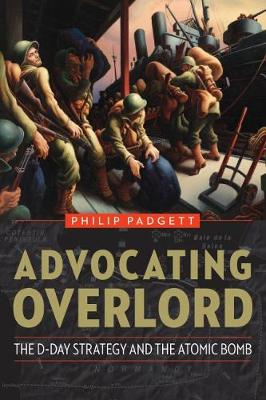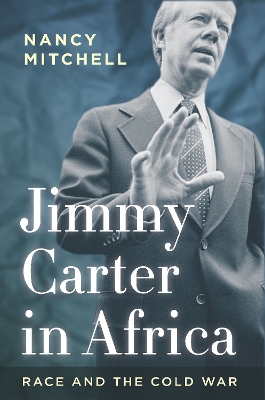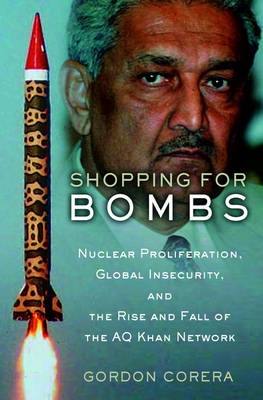The Scud and Other Russian Ballistic Missile Vehicles (Armor at War 7000 S.)
by Steven Zaloga
This book tells how Israel became a secret nuclear power, recounting Israel's clandestine nuclear mission: from the building of the Dimona reactor site in the remote Negev desert during the late 1950s, to the establishment by the late 1970s of a nuclear capability that targeted and threatened the USSR. The author tells of Israel's many secret agreements with America over the years, including the KH-11 satellite agreement which aided the bombing of Iraq's Osirak reactor in 1981, and the recruitme...
The Future of Britain's Nuclear Weapons (Current Decisions Reports S., v. 28)
by Liam Fox, Caroline Lucas, Raymond Lygo, Hugh Beach, Nick Grief, Steven Haines, Clare Short, and Tim Hare
Cold War Christians and the Spectre of Nuclear Deterrence, 1945-1959 (Histories of the Sacred and Secular, 1700-2000)
by Jonathan Gorry
United States Nuclear Submarines (Firepower Pictorials S., #1008)
by Arnold Meisner
Advocating nuclear war, attempting communication with dolphins and taking an interest in the paranormal and UFOs, there is perhaps no greater (or stranger) cautionary tale for the Left than that of Posadism. Named after the Argentine Trotskyist J. Posadas, the movement's journey through the fractious and sectarian world of mid-20th century revolutionary socialism was unique. Although at times significant, Posadas' movement was ultimately a failure. As it disintegrated, it increasingly grew to r...
At the dawn of the Atomic Age, Americans encountered troubling new questions brought about by the nuclear revolution: In a representative democracy, who is responsible for national public safety? How do citizens imagine themselves as members of the national collective when faced with the priority of individual survival? What do nuclear weapons mean for transparency and accountability in government? What role should scientific experts occupy within a democratic government? Nuclear weapons created...
India's Nuclear Debate: Exceptionalism and the Bomb: Exceptionalism and the Bomb
by Priyanjali Malik
***Winner of the L.H.M. Ling Outstanding First Book Prize 2020*** ***Shortlisted for the Bread and Roses Award 2020*** Since the first atomic bomb exploded over Hiroshima, the history of nuclear warfare has been tangled with the spaces and places of scientific research and weapons testing, armament and disarmament, pacifism and proliferation. Nuclear geography gives us the tools to understand these events, and the extraordinary human cost of nuclear weapons. Disarming Doomsday explores the se...
In his shocking and revelatory new work, the celebrated journalist William Langewiesche investigates the burgeoning global threat of nuclear weapons production. This is the story of the inexorable drift of nuclear weapons technology from the hands of the rich into the hands of the poor. As more unstable and undeveloped nations find ways of acquiring the ultimate arms, the stakes of state-sponsored nuclear activity have soared to frightening heights. Even more disturbing is the likelihood of such...
Based on open source material and on interviews with political, military, academic and commercial personnel, conducted in Belgium, France, the UK and the US, "Nuclear Command and Control in NATO" describes and analyzes the political and military elements of this subject from the introduction of nuclear weapons into the alliance in 1952 until the changes in East-West relations at the end of 1989. As long as nuclear forces remain in Europe, the United States retains a military presence in the Euro...
Personal and Family Survival (Historic Reference Edition) (The Doublebit Historic Personal Preparedness Libra, #1)
by U S Office of Civil Defense
The Manhattan Project (1942-1946) resulted in the development and detonation of the first nuclear weapons - and irrevocably changed the course of world events. Born out of a small research programme that began in 1939, the project would eventually employ more than 130,000 people and cost a total of nearly $2 billion - and it was operated under a shroud of deep secrecy. This authoritative book provides a complete and vivid history of the project and its legacy, from the widest array of perspectiv...
"Well there it is. It won't work, but you must bloody well make it," said the chief of Britain's military leaders when he gave orders to begin planning for what became known as Operation Overlord. While many view D-Day as one of the most successful operations of World War II, most aren't aware of the intensive year of planning and political tension between the Allies that preceded the amphibious military landing on June 6, 1944. This intriguing history reveals how President Franklin D. Roosevelt...
Jimmy Carter in Africa (Cold War International History Project)
by Nancy Mitchell
In the mid-1970s, the Cold War had frozen into a nuclear stalemate in Europe and retreated from the headlines in Asia. As Gerald Ford and Jimmy Carter fought for the presidency in late 1976, the superpower struggle overseas seemed to take a backseat to more contentious domestic issues of race relations and rising unemployment. There was one continent, however, where the Cold War was on the point of flaring hot: Africa. Jimmy Carter in Africa opens just after Henry Kissinger's failed 1975 plot i...
A.Q. Khan was the world's leading black market dealer in nuclear technology, described by a former CIA Director as "at least as dangerous as Osama bin Laden." A hero in Pakistan and revered as the Father of the Bomb, Khan built a global clandestine network that sold the most closely guarded nuclear secrets to Iran, North Korea, and Libya. Here for the first time is the riveting inside story of the rise and fall of A.Q. Khan and his role in the devastating spread of nuclear technology over the la...

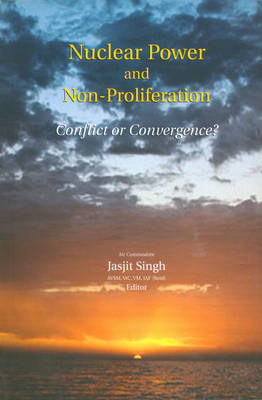
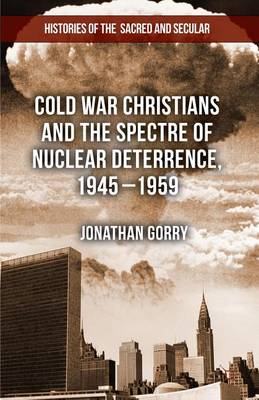
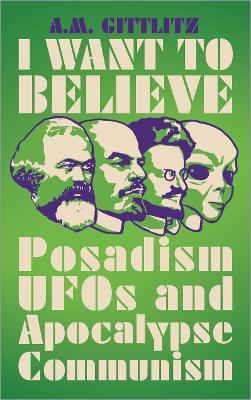
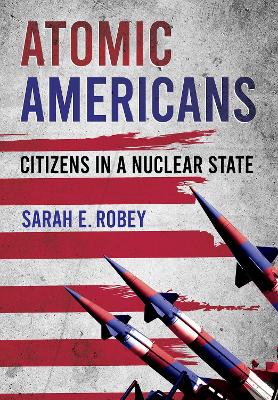
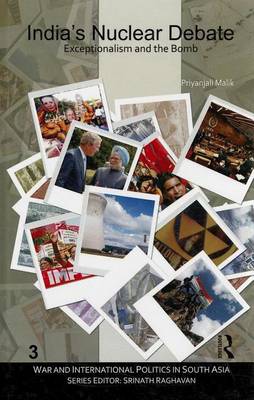
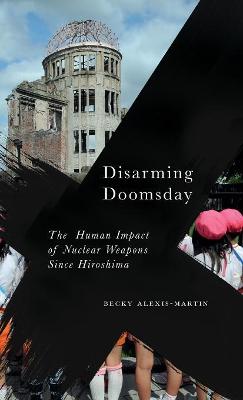
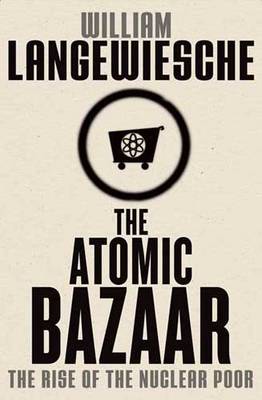
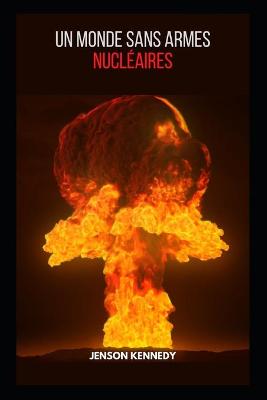
![Cover of A Global History of the Nuclear Arms Race: Weapons, Strategy, and Politics [2 Volumes]](https://images.bookhype.com/covers/61/67/9157673a-228d-42ae-a671-cb076f897616/9781440800955-fcf15f545c0b578a673dbf.jpg)

